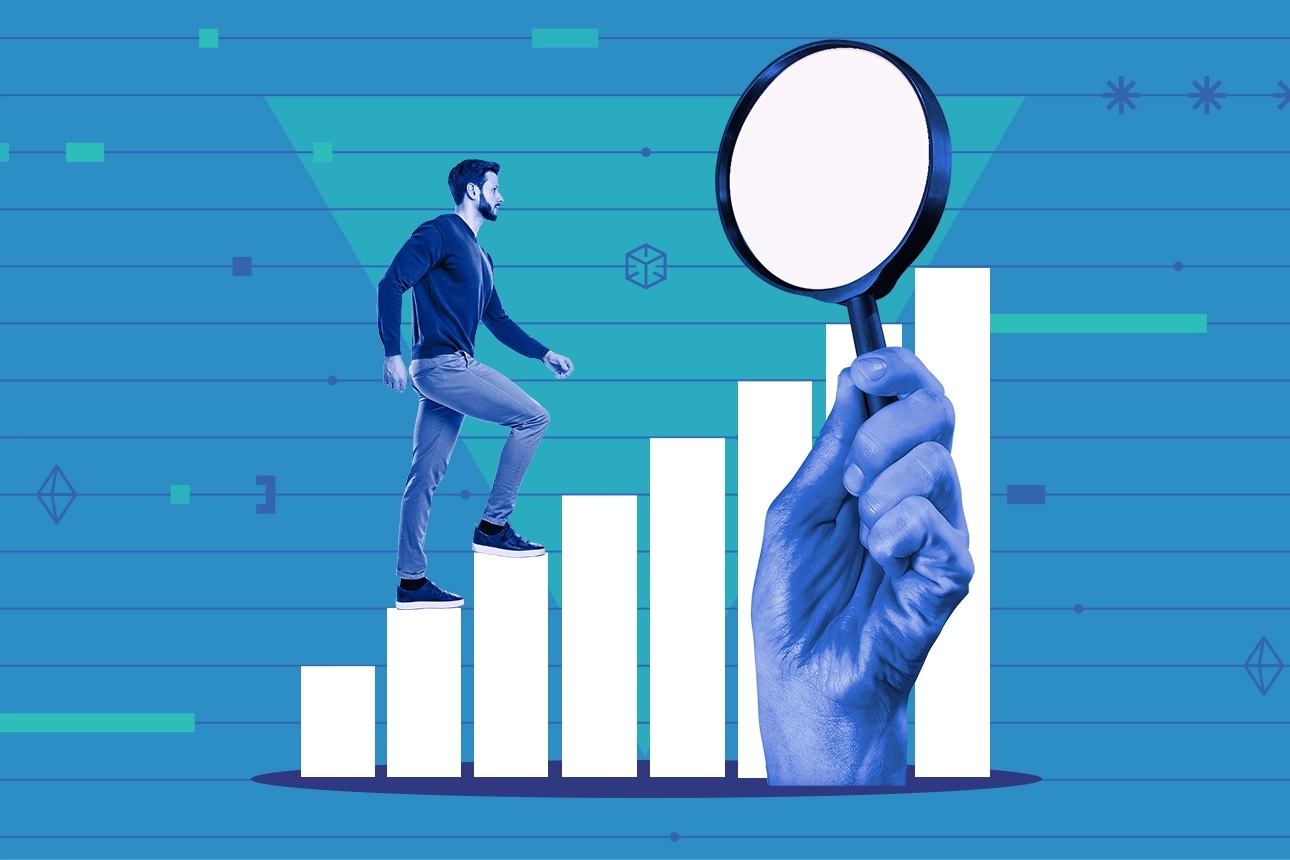Why Digital Ability Trumps IQ
How P&G assessed the digital marketing ability of its managers to achieve transformation success.
Topics
News
- Identity-based Attacks Account for 60% of Leading Cyber Threats, Report Finds
- CERN and Pure Storage Partner to Power Data Innovation in High-Energy Physics
- CyberArk Launches New Machine Identity Security Platform to Protect Cloud Workloads
- Why Cloud Security Is Breaking — And How Leaders Can Fix It
- IBM z17 Mainframe to Power AI Adoption at Scale
- Global GenAI Spending to Hit $644 Billion by 2025, Gartner Projects

In 2013, as fast-emerging digital technologies and channels were creating a sea change in consumer product marketing, A.G. Lafley, then CEO of Procter & Gamble, acted to ensure that the consumer packaged goods giant would not be left behind. He appointed F.D. Wilder, one of this article’s coauthors, as global head of e-business and tasked him with driving digital transformation across P&G’s many brands. The goal of this initiative was to develop and integrate P&G’s digital marketing abilities, e-commerce channels, and IT platforms — driving up sales, profit margins, and cash flow in the process.
As the e-business team considered this challenging mandate, it focused on the digital marketing ability of P&G’s brand and business managers as a key enabler of the transformation. Unfortunately, the team found that the literature regarding digital transformation tends to give short shrift to the capability of leaders: It focuses mainly on raising the “digital IQ” of the workforce — that is, the measurement of how much an organization can profit from digital and technological solutions.
Digital IQ has its limitations as an effective measure of ability, not the least of which is its strong emphasis on teaching and testing for generic vocabulary and knowledge. Yet digital and other transformational efforts nearly always require employees to work in new and unfamiliar ways. To ensure that they can do this new work, leaders must be able to assess employee ability by connecting it not only to knowledge and skills but also to targeted actions and performance outcomes. Only then can they identify and activate pockets of strength in the digital ability of employees and isolate and remediate pockets of weakness.
Assessing the Dimensions of Employee Ability
To assess employee ability, leaders need to identify the attributes of employee roles and convert those attributes into performance metrics. Then they need dashboards that can be used to track and improve those metrics, such as by crafting training programs and other interventions to address gaps in the abilities of individuals and groups.
At P&G, the e-business team identified a set of key attributes that define the digital marketing ability of the company’s brand and business managers. These five attributes were anchored in the customer’s digital journey and relate to the classic marketing funnel (discovery, awareness, interest, purchase, and loyalty).
To assess employee ability, leaders need to identify the attributes of employee roles and convert those attributes into performance metrics.
Digital media: The first attribute is the ability of brand and business managers to use digital channels such as Facebook, Instagram, TikTok, and Twitter to increase brand discovery. P&G identified four elements of this attribute: the ability to generate attention, to align digital media campaigns with brand strategy and equity, to incorporate key brand assets (such as logos), and to deliver a clear call to action. When the e-business team assessed the digital media ability of P&G’s managers, they noticed something interesting. Although the company had spent almost two centuries testing, refining, and understanding how to deliver exceptional content and drive discovery in traditional media, managers were not carrying over the principles derived from this experience to the digital realm. Only one-third of the managers demonstrated a competency in digital media, and thus improving this competency became one of the team’s top priorities.
Search: The second attribute of digital marketing ability is the capacity to use search to generate consumer awareness. Just as companies want to ensure that consumers can find their products in every store, it’s important that consumers can find their products online. In the online world, this ability is connected to brand performance in organic and paid search and in key locations, such as Amazon.com and Walmart.com. This ability also entails understanding how consumers use search in different places. For example, consumers are more likely to be spearfishing — that is, ready to buy and looking for the right brand — when searching on Amazon, but they are more likely to still be in the discovery stage when searching on sites like Google and Bing.
To assess the search attribute of digital marketing ability at P&G, Wilder’s team sought to understand how consumers shop by category; to identify the most popular search terms by brand; and to audit those terms. Additionally, the team had to consider how to identify target keywords, given that P&G often has multiple brands in the same product category, such as its Head & Shoulders and Pantene shampoos. Thus, with each brand designed for a different target group, the keywords had to emanate directly from the brand strategy to ensure that the brands were not competing with each other for search results.
Website: The third attribute is the ability of brand websites to drive awareness, increase brand equity, gather information on consumers, and ultimately generate sales via direct e-commerce (which is in the next stage). When assessing the effectiveness of a website, key metrics include the number of page views and visitors, time spent on site, bounce rate, navigation ease, and brand image on important attributes.
To help develop this digital marketing ability and ensure that it was tailored to each brand, P&G’s e-business team met with individual brand teams in “hack sessions,” in which they assessed brand website performance based on each team’s ability to achieve brand objectives. If a brand’s objective was to attract, convert, and retain new and returning users cost-effectively, for example, the tracked metrics would include measures that could be used for comparisons with competing brands, such as source of traffic, time on site, page views, user experience, repeat visits, specific actions taken (such as signing a lead form), and bounce rate.
E-commerce: The fourth attribute of digital marketing ability is the facility to consummate sales online. To assess the ability of brand and business leaders at this stage, it is important to distinguish between direct sales via company-owned e-commerce sites and indirect sales via external sites such as Amazon.com.
The team at P&G identified four key measures to assess indirect sales sites: content (such as a description of the product), assortment and availability, ratings and reviews, and search and subscriptions. For direct sales, the key measures included acquiring new users, converting shoppers to purchasers, and increasing lifetime retention at a cost that would enable the company to make money.
As the team evaluated the e-commerce ability of the company’s brand managers and business leaders, it found that the ability to generate direct sales was poorly developed. This was unsurprising, given the company’s long history of selling through retailers, and it highlighted a gap in skills across all brand teams that needed to be filled.
Customer relationship management: The final attribute of digital marketing ability is the ability to enhance the customer experience and heighten customer retention rates via direct email campaigns. Three key metrics for assessing this attribute include email address acquisition, opt-in/opt-out rates, and efficacy of email campaigns (to support both brand development and business goals).
Consistent with most consumer packaged goods manufacturers, P&G historically underleveraged customer relationship management because of its retail-driven business model. But as digitization brought the company’s consumer relationships to the fore, brand and business managers needed to shift away from transactional, promotion-based relationships with consumers to more personal relationships that were focused on consumer education, knowledge, support, and solutions.
The team at P&G suggested that this was a key shortcoming in digital marketing ability for the company’s managers. For instance, many P&G brands were asking customers to provide most of their personal information early and all at once rather than gradually building customer profiles over time in a fair exchange for value. To remedy this, the team provided training and support aimed at helping brand managers create content that connected more deeply with consumers. For example, the Always brand of sanitary products created a period calculator and offered tips and information about puberty, hygiene, and other issues relevant to young women. It went beyond the transactional value of selling products to supporting young women as they go through a challenging change of life.
Elevating Employee Ability
After the e-business team identified how to measure digital marketing performance, developed a dashboard of metrics, and established a baseline for improvement, the hard work of improvement began. It began with sharing the team’s findings with brand and business leaders and developing learning plans aimed at bridging gaps in digital marketing ability. All of this work contributed to online sales growth at P&G, with a compound annual growth rate of 35% for five years (with growth accelerating to 50% during the COVID-19 pandemic) and an industry-leading digital marketing capability (per competitive benchmarking).
Much has been written about corporate transformation and yet, most organizations continue to struggle to achieve their goals. One study found that 78% failed to achieve their business objectives. One of the root causes of these disappointments is the continuing focus on generic knowledge — or IQ — which is relatively meaningless when it comes to identifying gaps and developing the learning plans necessary to enable employees to develop the skills and ability needed to work in new and fundamentally different ways. P&G’s experience suggests that companies can achieve their transformational goals if they move beyond limited notions of employee IQ to the more robust concept of employee ability linked to performance outcomes.





